Are You Secretly Practicing Samurai Magic?
By Paul 'Batman' O'Brien
B.A., N.C.E.H.S., Dip. Acu., Adv. Dip. OBB, Cert Clin. Med. Pn1, PN-SSR, PN-NCA, M.AFPA, M.ETCMA, M.C.Th.A.
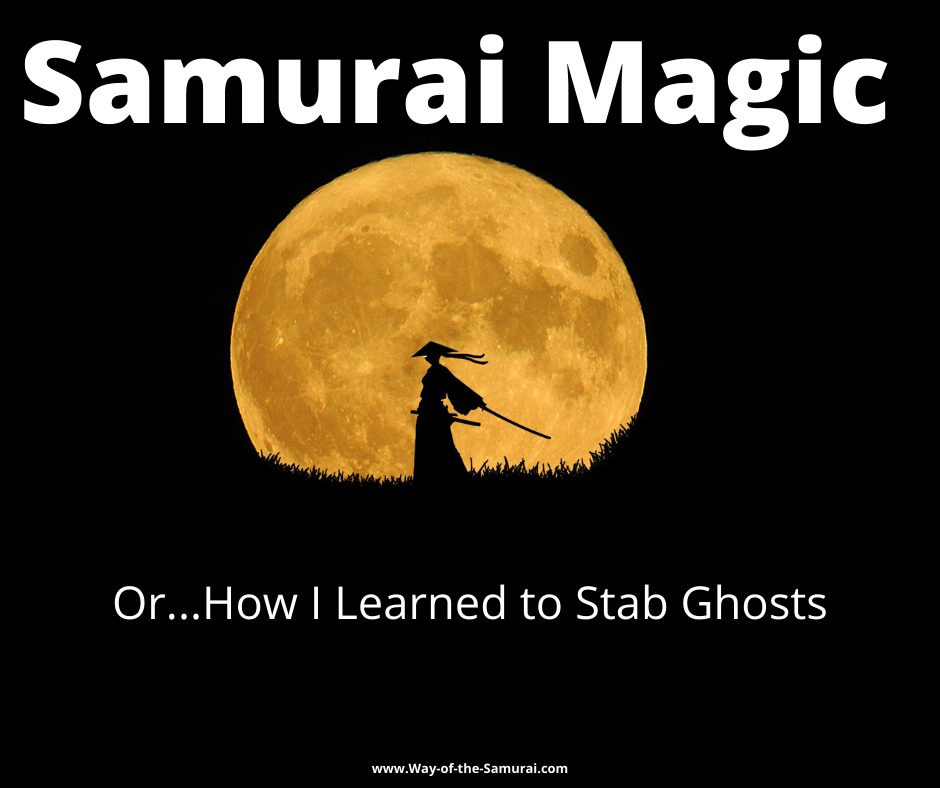
Are You Secretly Practicing Samurai Magic? Contrary to recent claims “samurai magic” is still practiced in dojo’s around the world. This takes many different forms, from the observance of benign religious practices and superstitions to more direct activities such as exorcisms and even expelling demons.
Part 1: Magic, The Definition
First, let’s define what I mean by “magic” here. Magic is defined by Websters as, “the power of apparently influencing events by using mysterious or supernatural forces” and encompass such things as; sorcery, witchcraft, wizardry, necromancy, enchantment, spell-working, incantation, divination, charm’s, hex’s, spells, etc. But this is a very Western way of looking at magic. While it is beyond the scope of this article to provide a full discussion of Japan’s concept of magic, I’ll borrow a very brief summary from Japanese Magic by W. G. Aston as published in the journal Folklore.
"healing of disease by borrowing the power of Kami or Buddhas...the keeping off of calamity by the aid of the supernatural power of Kami and Buddhas" (1)
This immediately connects to the concept of Shintō and Buddhism, and these two belief systems are deeply ingrained into koryu bujutsu. As such, samurai magic, in the sense of keeping off calamity is still very much part of dojo life. Certainly in my dojo and all the dojo I’ve trained in at any rate.
Are beginners taught these practices, absolutely. Is it explained to them exactly what they are doing, generally not. It is only when a student is initiated into the art, that they receive the kuden, the oral transmission of information pertaining to these matters.
So while a student may engage in certain practices within a dojo that could be classed as samurai magic, most certainly can be called as observing a variety of religious superstitions, they may not know why and simply observe these practices as an unthinking part of dojo life.
But for me, this is the beauty of studying koryu arts, because embedded within them are a range of fascinating religious and cultural practices that, had they not been preserved in the transmission of the koryu, may have died out. But you aren’t going to learn all this on day one, it takes years of study and devotion for you to become aware of these teachings.
Training in the authentic techniques of koryu bujutsu is more than simply learning dance steps for combat. These physical actions alter your very psychological makeup. In time how you think, how you perceive the world, and your relationship to it is altered by the ryu - in essence you become the physical embodiment of the ryu's philosophy. And this includes the religious, quasi-religious, and spiritual aspects of the ryu too.
To help explain this, I’ll pull back the curtain a little and provide you with some examples of these more unconscious nods to samurai magic and superstition, and then give a glimpse of some of the more direct examples of “magic”.
And for the record, I am an atheist. I don’t believe in a god or “samurai magic”. I do absolutely believe that man can manipulate his own mind and the minds of others through systematic indoctrination - that much is obvious, and the role ritual plays in psychology is evident and deeply powerful. The koryu are layered with such teachings, physical practices including mantra and mudras that have a deeply powerful effect on human psychology is no coincidence. It requires no supernatural or metaphysical power beyond that in my eyes.
A Word of Warning
There are many books out there on the esoteric rituals, "magic" (especially a lot of claptrap from "ninja" "authorities" ) - like the Buddhist hand mudras shown in 80's Ninja movies - this isn't “ninja magic” or "samurai magic", they are simply old hand positions taken to help focus the mind of a particular Buddhist sutra. Bringing your hands together in Christian prayer or bowing your head to the floor in Islam does not confer magic powers either, nor do the antiquated beliefs of the samurai.
I have many originals of these texts in my library - I've translated them and researched them as objects of history - nothing more. I want to make this absolutely clear - many of the teachings found in old ryu-ha are odd, even to the Japanese of today. They are very removed from cultural norms and the religious, philosophical, and moral beliefs of people today. And while these practices are still taught, the sad truth is there are many charlatans and wannabes that simply learn some keywords or hand positions from watching 80’s ninja movies and corrupt such practices.
And that makes a study of them deeply dangerous. There are for instance powerful physical techniques for purification that performed incorrectly and without correct supervision can kill. These are being practiced today in Japan - some of them even billed as treatment for Covid-19 (this is beyond irresponsible). I know of adherents who suffered devastating strokes as a result of similar practices.
There are powerful meditation techniques that again, done without the supervision of an experienced expert can cause severe psychological damage. I know of one therapist who discussed cases of the same that resulted in deep psychosis. Some lunatics even recently spoke about their unhealthy practice of Budo leading to heart attacks and an intention to commit ritual “samurai suicide”. The sad truth is often some deeply disturbed and fractured minds seek out Budo to fill some hole and a little “samurai magic” can be deeply alluring to such troubled minds.
And lest you think I am embellishing such accounts let me make very clear to you the dangerous power of belief. Many dangerous cults and religions the world over have perfected the art of indoctrination. Leading the impressionable and even the intelligent through a series of small steps that build upon each other, through suggestion, ritual, and persuasion that culminate in the warping of a human being. In the 1930's in Japan, for instance, the vast majority of Buddhist monks took the concept of non-duality to a new extreme which resulted in the steadfast belief that the Emperor as an enlightened being was beyond morality and that in fact, morality was a non-concept. Such endorsement leads to unspeakable atrocities and abuses. Today there are those that genuinely believe that in committing suicide and taking as many innocent people as possible with them that they will be rewarded in an afterlife with 47 virgins. There are those increasingly loud voices in the UK, America and other countries that are being wholesale brainwashed by the indoctrination media machine of the far-right.
Ritual and philosophy are powerful things. They can mean nothing and have no effect. They can mean everything and shape the world. The question is that of the investment the believer makes.
So while some may laugh and pour scorn and dismiss such concepts, they were for some very real, and for others very damaging. And this is why in part such practices are not revealed on day 1 of studying authentic koryu. And why so many not studying actual “samurai” arts assume they don't exist anymore or that such teachings are lost.
Everyday Samurai Magic
The truth is there are many examples of “samurai magic “ still in practice today. For example, did you know that early morning training, “asa-keiko” is often a form of Shintō deity worship? Yep, this is seen in some schools as a way of venerating Amaterasu (天照), the sun goddess and the ritual practice of training in the dojo in the darkness before the dawn and finishing in the light of day, signifies the sun-goddess taking the initiates from the darkness of ignorance to the light of knowledge and insight.
The foot that you step into the dojo with has spiritual significance so as not to offend the kami (spirit) of the dojo, past teachers or the kami of the art itself. Students bowing to the sword and performing elements of Saho are underpinned by the observance of Shintō rites, paying respects to spirits. These are very much “magical” acts in the sense of “keeping off calamity by the aid of the supernatural power of Kami”.
Even the traditional layout of the dojo is a manifestation of Buddhist magic and Buddhist deities and spiritual iconography often present on the sword itself. For example, here is a picture of my sword.
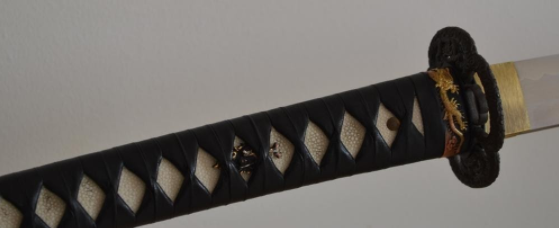
Invoking the Unmovable Wisdom King
Notice the little man on the handle of the sword (tsuka). That little guy is a Buddhist deity known as Fudō Myōō 不動明 王 (Unmovable Wisdom King). This could be interpreted as a talisman. Now I am not a Buddhist, nor do I believe in magic, but I like this guy, and I choose to place his image on my sword as a reminder that every time I take my sword in hard I am cutting away delusion and seeking truth. It’s an ornate post-it note.
Many koryu are engaged in the Shintō rituals of purification - Some arts practice specific forms called misogi. In my dojo, long before Covid, students were taught to wash their hands before handling their swords. We physically and spiritually purify the dojo and respect our training environment through the practice of nitten soji.
And this desire for purification is embedded in the physical teachings themselves. In one of the koryu I practice, heavily influenced by Shintō beliefs, includes purification rituals. For example, certain Shintō teachings hold that certain deeds (such as death) create a kind of ritual impurity that one should want cleansed for one's own peace of mind and good fortune rather than because impurity is wrong. As such those who are killed without being shown gratitude for their sacrifice will hold a grudge (怨み urami) and become powerful and evil kami who seek revenge (aragami). As such certain forms end with a specific hand mudras. Such expression instills useful techniques for dealing with PTSD and the ramifications of killing in feudal Japan, however, we have a more complex methodology or such matters influenced by Buddhism. But essentially, we adopt a hand posture to ward off evil spirits. Samurai Magic.
And don’t get me started in the Shinto beliefs concerning the sageo of the swords.
Who You Gonna Call? Ghoststabbers!
Then there are the more obvious forms of “samurai magic” like how to murder demons, exorcise fox spirits, spiritually cleanse a room, of how to get spirit to inhabit your body providing divine protection...or how every single cut one makes in one particular school of Iaijutsu involves mentally preparing for death and rebirth within Pure Land Buddhism, literally movements for reincarnation. Teachings within that same school explicitly discuss the “magical face” of the samurai and the role of the sword itself as a magical object that could, “kill powerful specters”.
For example in Katori Shintō-ryū, outside of the actual spells used, the kata of Gokui no Iai, Kumogiri no Ken is a form of Kitsune-tsuki, or fox demon exorcism. In this kata. You can see this in the the first demonstrated here -
You draw the blade and make a particular kiai to protect yourself and scatter evil energy. You can then circle the sword around making another Kiai to invoke Fudō Myōō to cut through delusion. Finally you cut deeply terrifying the fox spirit out of the person possessed. Again a specific kiai is used to summon the gods.
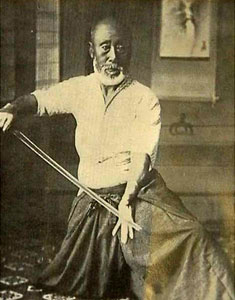
These kiai’s are an example of Kotodama or kototama (言霊, literally meaning "word spirit/soul") refers to the Japanese belief that mystical powers dwell in words and names. We have this teaching in other schools of course, for instance Musō Jikiden Eishin-ryū has a teaching on the magical power of using your own name.
Speaking of Musō Jikiden Eishin-ryū we have a form called Akuma Barai 悪魔払い (Cutting Demons). This technique is used to clear the four corners of a room and banish/kill demons. Legitimately.
It is easy of course to dismiss such practices as silliness - few today believe in demons and spirits...yet even recently the headmasters of various koryu and samurai believed deeply in such superstitions. In the wonderful book "Mothertalk", Roy Kiyooka relates the stories of his mother, daughter of samurai and 18th Headmaster of the art that would become Musō Jikiden Eishin-ryū, Oe Masaji, including an incident involving ghosts....
"..I must say Father didn't really mind that our house was haunted. He didn't mind because he knew how to impale samurai ghosts on the tip of his sword.
Still he went through all the formalities of procurement and called in the Ghost-Catchers to verify that the house was no longer haunted". (2)
Today this technique of "samurai magic" is still performed at the start of the year in koryu Iai schools all over the world. And again, while I don’t believe in magic at all, I still perform this in the quiet of the dojo before I open for the year. I did it at the request of one of our students when we came back into the hall after months of absence due to Covid-19. Do I believe I am cutting demons with samurai magic? No. Of course not, but am I paying respect to something my teacher and their teacher did every year, carrying on a tradition handed down to me. Yep. After all that’s what all of this is...a passing down of traditions, far removed from the practicalities and belief systems of today.
So yes, loads of “samurai magic” is still taught and an integral part of what is handed down in these traditions. But no one, save the very disturbed, think they are wizards or practicing real magic, anymore than they think they are really samurai. Those that do don’t understand history, or the arts they claim to practice. And those that don’t practice these arts have no clue what is and is not taught in them and should spend less time making false claims in YouTube videos and actually study the things they claim to be interested in. :-)
References
- Aston, W. G. “Japanese Magic.” Folklore, vol. 23, no. 2, 1912, pp. 185–196. JSTOR, www.jstor.org/stable/1255316
- Kiyooka, Roy; Mothertalk, NeWest Publishers Limited, 1997, pg. 16
You've been reading about Samurai Magic Learn more about Samurai Spirituality Here - All About Sageo.
Click here to return to the Way of the Samurai Home Page.
Free Samurai E-books
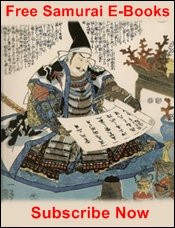
Get Free Exclusive Samurai Guides and E-books








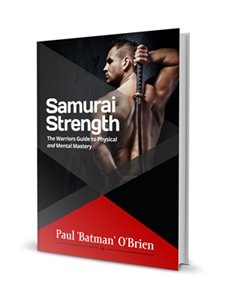
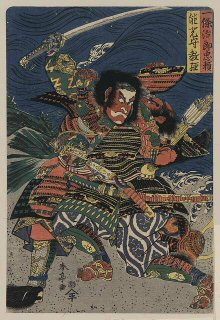
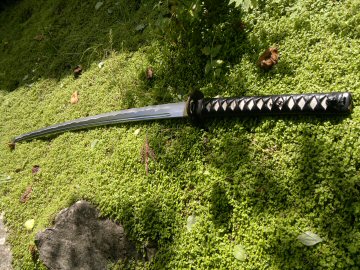
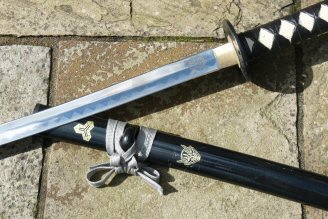
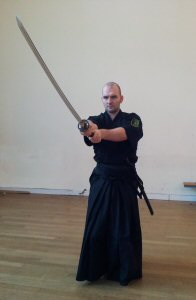
New! Comments
Have your say about what you just read! Leave me a comment in the box below.